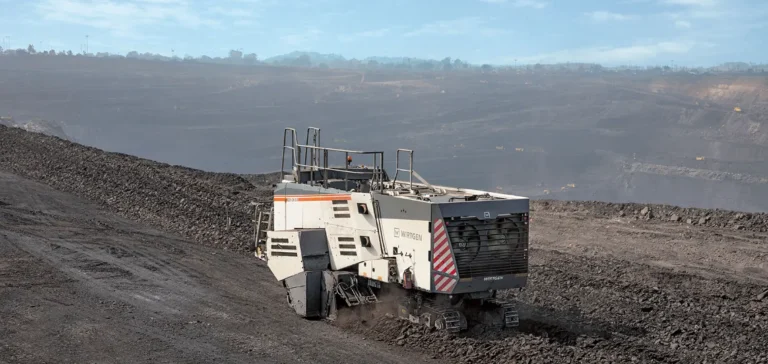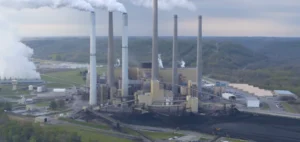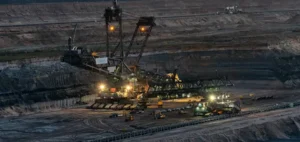The administration of United States President Donald Trump has introduced a plan to open several million hectares of federal land to coal extraction. This measure marks a major regulatory shift aimed at supporting a declining industry and reinforcing national energy production from fossil fuels.
Relaxation of environmental standards
The Administrator of the Environmental Protection Agency (EPA), Lee Zeldin, explained that the programme aims to “strengthen industrial competitiveness” and “reduce energy costs for American families”. One of the key elements is the revision of standards imposed on coal-fired power plants, allowing operators to extend the lifespan of existing facilities and reduce compliance costs.
In 2023, coal accounted for approximately 16% of total electricity production in the United States, compared to nearly 50% in 2000. This decline is attributed to the rise of natural gas and alternative energies, which are more competitive economically. Despite this, the American executive intends to keep this sector active through a combination of incentives and regulatory easing.
Expansion of federal lands for exploitation
The release of new federal lands falls within the administration’s policy to promote the use of domestic resources. In April, Donald Trump had already signed executive orders to boost coal production in response to increased energy demand driven by technological sectors.
This initiative has nonetheless drawn criticism over the costs borne by the federal government and the support granted to infrastructure considered expensive and outdated. Authorities have not specified which areas would be opened or the financial conditions of the concessions granted to operators.
A regulatory market in transition
Despite the structural decline in domestic coal consumption, the American administration is pursuing an energy sovereignty strategy focused on revising standards deemed restrictive for the sector. This approach aims to make the industry attractive again for operators with suitable infrastructure and to maintain employment in regions historically dependent on this resource.
This regulatory evolution could redefine the U.S. coal market, already under pressure from other energy sources and global price volatility.






















